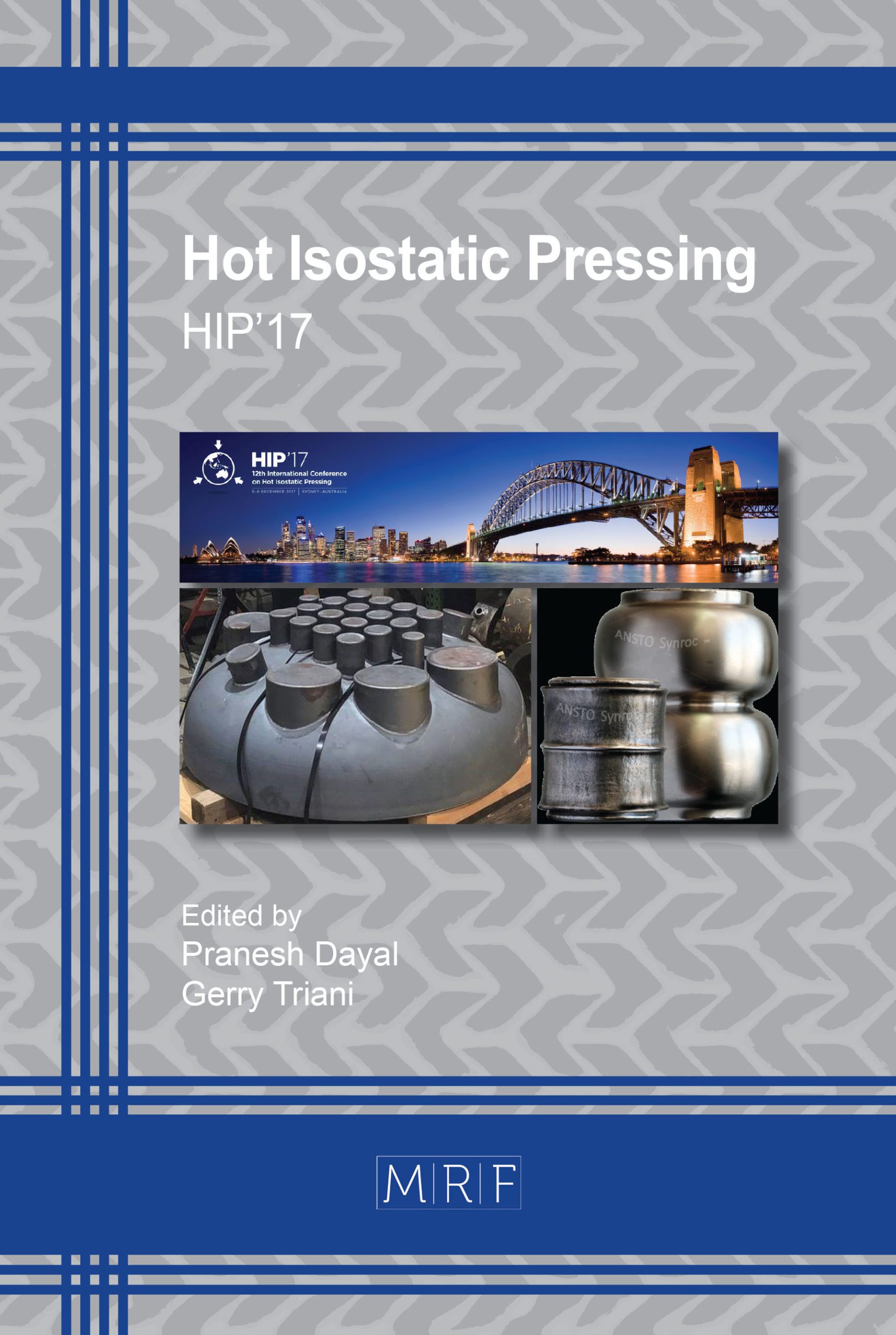Wear of PM HIP Metal Matrix Composites – Influence of Carbide Type
Tomas Berglund, Josefine Hall
download PDFAbstract. The type of hard phase in combination with matrix material has a great influence on the wear properties of PM HIP Metal Matrix Composites. The hardness and toughness of the hard phase as well as its reaction with the matrix in combination with wear mechanism can cause significant differences in performance of the material. Three materials with the same matrix alloy but different carbide types have been studied with regards to tribological behavior in low stress and high stress abrasion as well as scratch testing against a quartz stylus. In low stress abrasion testing the materials has only very small differences in the performance between the materials. The materials containing crushed or spherical fused tungsten carbide had a higher initial wear rate compared to the material with macrocrystalline carbide. This can be explained by the higher degree of carbide dissolution in these materials. In the later stages of wear the three materials have similar performance. In the scratch testing a clear difference can be observed between the materials. The material containing the fused tungsten carbide exhibits a higher degree of carbide damage at the exit side of the wear scar sliding over the carbide. This can be attributed to the much higher degree of carbide dissolution in the fused carbide compared to the MC carbide. The results from tribology testing are discussed and compared to wear mechanisms observed in parts that have been in service in a slurry pump and a crusher.
Keywords
HIP, Wear, Tribology, Metal Matrix Composites, MMC, Wear Resistant
Published online 2/11/2019, 7 pages
Copyright © 2019 by the author(s)
Published under license by Materials Research Forum LLC., Millersville PA, USA
Citation: Tomas Berglund, Josefine Hall, Wear of PM HIP Metal Matrix Composites – Influence of Carbide Type, Materials Research Proceedings, Vol. 10, pp 142-148, 2019
DOI: http://dx.doi.org/10.21741/9781644900031-20
The article was published as article 20 of the book Hot Isostatic Pressing
![]() Content from this work may be used under the terms of the Creative Commons Attribution 3.0 licence. Any further distribution of this work must maintain attribution to the author(s) and the title of the work, journal citation and DOI.
Content from this work may be used under the terms of the Creative Commons Attribution 3.0 licence. Any further distribution of this work must maintain attribution to the author(s) and the title of the work, journal citation and DOI.
References
[1] Y.Pan, D. Y. Li and H. Zhang, Wear 271 (2011) 1916-19-21.
[2] H. Berns, Wear 254 (2003) 47-54.
[3] S. Bodhak, B. Basu, T. Venkateswaran, W. Jo, K.-H. Jung and D.-Y. Kim, J. Am. Ceram. Soc. 89[5] (2006) 1639-1651.
[4] R. M. Genga, G. Akdogan, J.E. Westraadt and L.A. Cornish, Int. J. Refract. Met. Hard Mater. 49 (2015) 240-248.
[5] R. M. Genga, G. Akdogan, C. Polese, J.C. Garrett and L.A. Cornish, Int. J. Refract. Met. Hard Mater. ARTICLE IN PRESS (2014).
[6] S. Olovsjö, R. Johanson, F. Falsafi, U. Bexell and M. Olsson, Wear 302 (2013) 1546-1554.
[7] Seger. R, Effect of tungsten carbides properties of overlay welded WC/NiSiB composite coatings, Thesis work, 2013, Höganäs
[8] T. Liyanagea, G. Fisher, A.P. Gerlicha, Wear 274-275 (2012) 345-354
[9] M. Jones, U. Waag, Wear 271 (2011) 1314-1324
[10] S. Wirojanupatump, P.H. Shipway, Wear 239 (2000) 90-101
[11] Jacobson, Staffan & Hogmark, Sture (1996). Tribologi: friktion, smorjning och nötning. 1. utg. Stockholm: Liber utbildning































